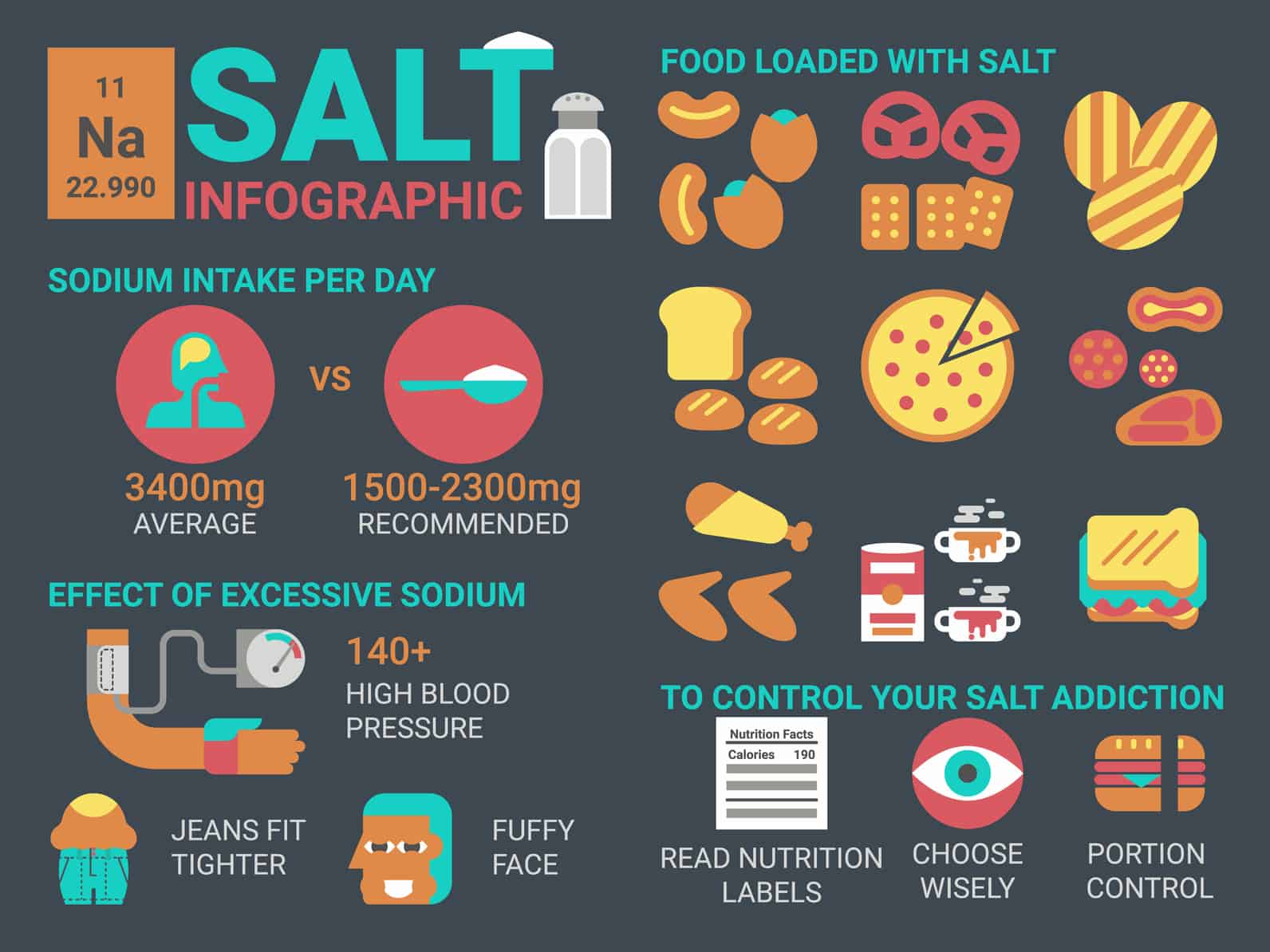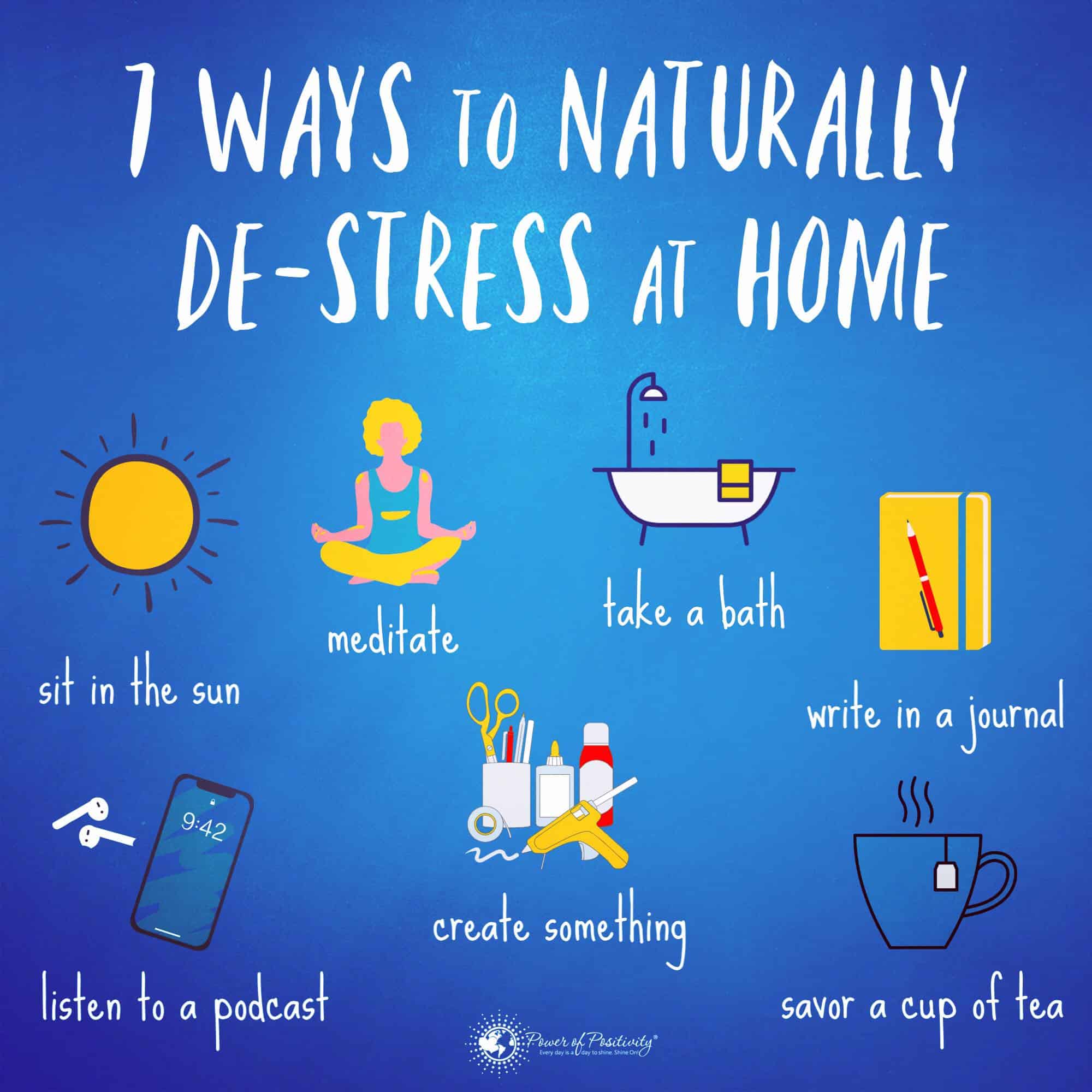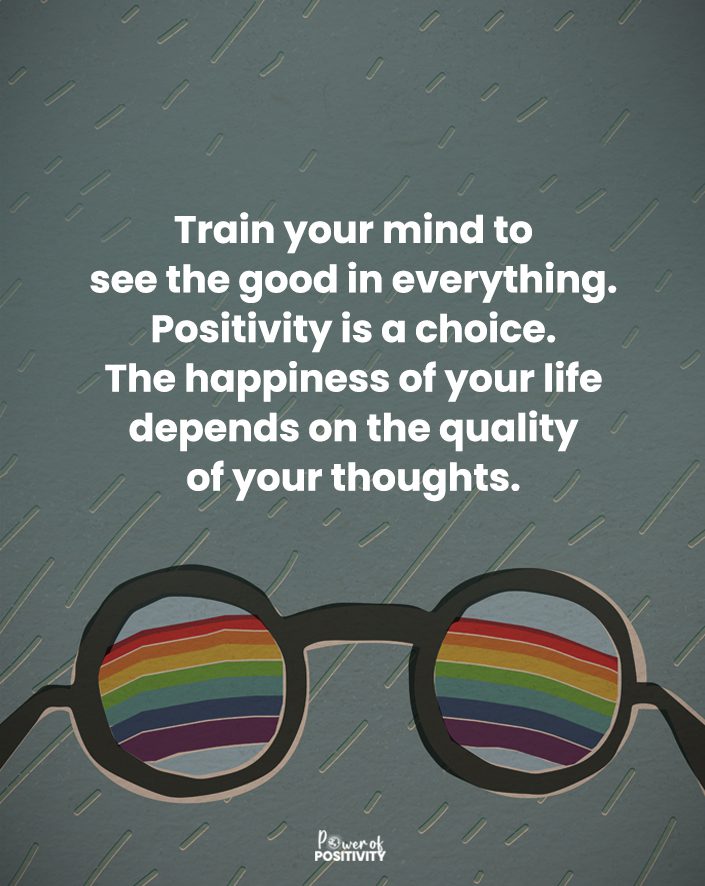People with the Cancer sign have a lot going for them. Indeed, they have such a big heart, a warm, caring nature, a goofy sense of humor, and steadfast determination to reach their goals, among other things. They might hide behind their tough exterior sometimes. But behind the walls they put up, they have one of the most generous, compassionate souls you will ever meet.
Cancers have a very complex nature. However, not many people know how to handle someone so complicated, raw, and pure. So if you decide to get into a relationship with a Cancer, you will need this little crash course before things get too serious.
Here are 10 things you need to know about loving a Cancer:
1. They wear their hearts on their sleeves.
Cancers may try to hide their emotions, but when you hurt them, it’s written all over their face. They might try to act tough and unshaken by heartbreak, but underneath, they have deep emotions running through their veins. As a Cancer myself, I must say that sometimes I get too caught up in my emotions, so much so that I let them carry me out to sea. Since Cancers are ruled by the moon, their emotions ebb and flow, just as the moon controls the tide.
Cancers love too easily and quickly, but their vulnerability makes them even more attractive and lovable. They will give you all the love they can muster, and then some, as romance and raw emotion come naturally to them.
2. A Cancer will never leave your side.
Just like a loyal dog that you call your best friend, a Cancer will stay by you through the good times and the bad. They don’t leave when the skies grow dark and you can’t figure out which way to turn; instead, they guide you through the storm, taking care of you when you don’t remember how anymore.
Cancers have a natural tendency to nurture and take care of others, so you will never feel alone with a Cancer by your side.
3. They often hide their true feelings.
Cancers love to listen to other people talk about their feelings all day long, and have very sound advice to give. However, when it comes to their own emotions, they keep them under lock and key for the most part. They don’t like to burden others, so they would rather handle problems on their own.
If they really trust you, a Cancer will share their issues and concerns with you…carefully and slowly. Just have some patience and remember that Cancers are highly sensitive; they want to make sure that you truly care before divulging too much information.
4. Cancers don’t mind being misunderstood.
Cancers have pretty much accepted the fact that no one will truly understand them, not even themselves. However, they’ve realized that trying to decode the complexities of their mind would take away from their essence – some of the greatest mysteries in life have never been solved, yet, people can still appreciate them.
This is the attitude that most Cancers have about themselves, so they honestly don’t mind if you can’t read them or crack their codes. They know that having all the answers takes away from the fun of life, anyway.
5. They have incredible imaginations.
A Cancer spends the majority of his or her time living in a fantasy land, high above the monotony and structure of modern life. They bore easily with rules and limitations. So they would much rather create new realities from the ideas in their heads.
They normally don’t do well in jobs that require great logic and analytical skills. Instead, they prefer solitary, creative endeavors that truly showcase their talents. They make wonderful writers, poets, artists, and storytellers due to their imaginative nature.
6. They need lots of alone time.
Cancers get easily overwhelmed by the fast pace of modern society, and need ample time to themselves to regroup and heal themselves. They have an empathic nature, and therefore absorb the energies of everyone around them.
Going to noisy, crowded places takes a lot of energy from them, so they need time afterwards to recharge and decompress.
7. Cancers are natural-born leaders.
A Cancer doesn’t like being told what to do. In fact, they have a natural tendency to break away from the mainstream and live life in a way that makes sense to them. They might have a quiet, contemplative personality. However, they pull their weight and rise to the occasion when it comes time to take charge. They have a lot of passion and soul, and care deeply for others.
These personality traits make it easy for them to carry others to success, and even create more leaders.
8. They’re very deep, complicated souls.
Like we said before, understanding a Cancer can take eons, because they seem to have a very fluid nature. Their ideas about things change constantly, and they have a turbulent, unpredictable demeanor, which you can expect from a water sign.
Oftentimes, Cancers feel as though they don’t even belong here, like they came from a totally different place and time to this Earth, for whatever reason. Some believe Cancers have the greatest ability to heal the Earth due to their highly psychic, motherly nature.
9. They put others before themselves.
Cancers forever put other people’s needs before their own. If you need something, a Cancer will bend over backwards and run to the edges of the Earth to make sure you get taken care of.
In doing so, they often forget to take care of themselves, which leaves them feeling very imbalanced and empty. Because of their calling to help people, they need ample alone time in order to refill their own cup so they can continue serving others.
10. A Cancer can talk all night, once you get to know them.
Cancers might seem quiet and reserved, but don’t let that fool you. Once you get them started, they can talk for hours on end about scientific theories, aliens, the universe, love, and other esoteric or philosophical topics. They enjoy deep conversations, and get excited once they find someone who can discuss things that ignite their imagination.
Most people mistake Cancers as brooding, temperamental, troubled people, but really, you just have to get to know them. They will surprise you, keep you guessing, and keep you on the edge of your seat, all at the same time.









